Cove (Music Journal)
LQ: 8.8
Recommended Age: 8+
Skills Used: Organization, Self-Awareness
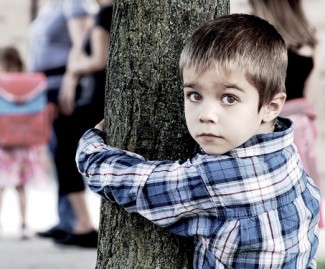
Anxiety is a common and natural human response to situations that are threatening. However, it can become problematic when it is excessive, uncontrollable, and not based upon an identifiable threat. There are a variety of diagnosable anxiety disorders including Generalized Anxiety Disorder, Social Anxiety Disorder, Phobia’s, Panic Disorders, and Obsessive Compulsive Disorders.
Anxiety disorders share a number of common features, and in children, can have very significant impact upon their learning and emotional growth.
Many children who do not have a diagnosed anxiety disorder will still experience mild difficulties with stress, worry, irritability, concentration problems, physical tension, and avoidant behaviors. While modest difficulties may not require the same level of intervention as a child with a diagnosable anxiety disorder might, but they may be helped by many of the technologies and academic strategies presented here.
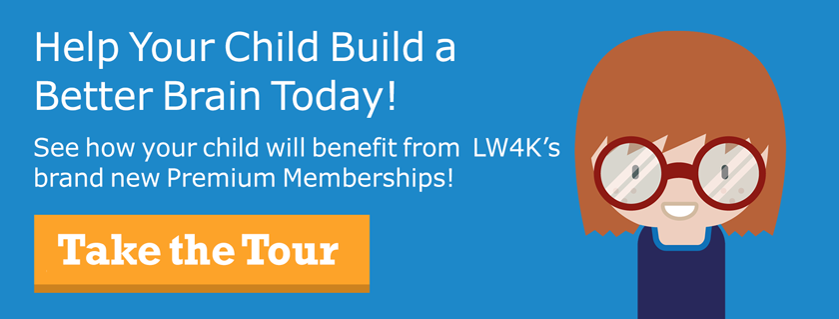 https://js.hscta.net/cta/current.js//
https://js.hscta.net/cta/current.js//
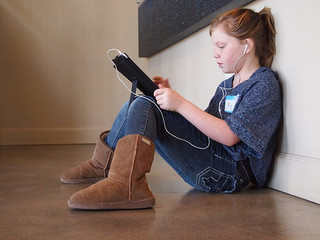 Kids who are struggling with anxiety often find some relief with games, apps, and other digital media. As a result, they may tend to display less of the characteristic symptoms of anxiety when involved with digital technologies. In part, this is a result of the way that this kind of media can counterbalance their negative feelings, emotions, and symptoms. The following chart demonstrates some of the ways that games, apps, and other digital media can be helpful for kids with Anxiety.
Kids who are struggling with anxiety often find some relief with games, apps, and other digital media. As a result, they may tend to display less of the characteristic symptoms of anxiety when involved with digital technologies. In part, this is a result of the way that this kind of media can counterbalance their negative feelings, emotions, and symptoms. The following chart demonstrates some of the ways that games, apps, and other digital media can be helpful for kids with Anxiety.
| Kids with Anxiety: | Video Games and Other Digital Media |
| May appear to be restless or feeling keyed up | Active games and other movement-based apps provide reinforcement, encouragement, and exertion of energy. Movement-based games and apps are particularly good at relieving restlessness and tension as a result of the physical exercise from the games. |
| Often report high levels of stress and physical tension. | Video games are identified as a source of relaxation by children and active games have been demonstrated to reduce physical stress. |
| May report high levels of irritability. | Video games that are fun and promote laughter, teamwork, relaxation, or opportunities to let out some aggression may reduce irritability. |
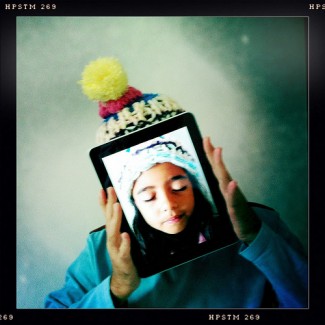 Self-Control: Children with anxiety have problems with regulating their emotions, often displaying signs of irritability.
Self-Control: Children with anxiety have problems with regulating their emotions, often displaying signs of irritability. Many children with anxiety are disproportionately concerned about their own skills and how others rate their performance. As a result, these children are drawn to software and websites that facilitate practicing academic skills on their own. This allows them to make progress at their own rate and also to not feel judged by others when they fail because only they and the computer program recognize that they made a mistake.
Many children with anxiety are disproportionately concerned about their own skills and how others rate their performance. As a result, these children are drawn to software and websites that facilitate practicing academic skills on their own. This allows them to make progress at their own rate and also to not feel judged by others when they fail because only they and the computer program recognize that they made a mistake.
Children with anxiety and other psychiatric disorders tend to perform more poorly in school due in part to problems with sustaining their attention and effort. Children with severe anxiety disorders, in particular social anxiety disorder, may find the stress of simple going to school to be overwhelming and as a result become truant. Educationally-based digital media such as academic apps, iTunesU, podcasts, and online classes may all serve to reduce anxiety. In addition, matching mastery level to an anxious child’s level of competency can readily be done with many of the better online programs.
Here are some strategies where games, apps, and other digital media can support and enhance the academic success of children with anxiety:
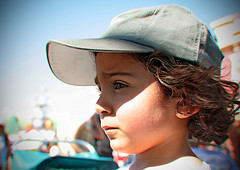 While video games and digital media can be helpful in reducing worrisome thoughts, decreasing signs of irritability, and even releasing physical tension, there are a number of concerns about the use of these tools for children with anxiety.
While video games and digital media can be helpful in reducing worrisome thoughts, decreasing signs of irritability, and even releasing physical tension, there are a number of concerns about the use of these tools for children with anxiety.
As a result, we encourage parents to be very judicious and monitor the use of digital media for children who have anxiety. Consult the table below to see what you should watch out for, and how you can go about avoiding these problems.
| Cautions | Solutions |
| Children who are anxious (particularly those with social anxiety) can become socially isolated, finding it far too easy to conduct the vast majority of their social interactions digitally on Facebook, Twitter, Tumblr, and Instagram. As a result they may have less motivation to engage (and confront their anxiety) in face to face relationships. | Allow, but limit access, to social media unless there is some accompanying face to face activity. This might include joining a school club, going to the gym with a friend, or engaging in a school project that a child connects with online. |
| Anxious children may find comfort in a reduction in the physical symptoms of anxiety and tension when they can avoid direct interactions with others, so they may be drawn to staying in their room and playing online games such as World of Warcraft or going onto XBox Live. Unfortunately, the lack of activity is detrimental to their physical and mental well-being. | Make them get outside and do some type of exercise everyday. Insist that some of your child’s video game play is physical in nature, using active or exergames such as one of the Wii Sports games or Kinect Sports Season. Make sure that they play the game vigorously, so that the stress reduction benefits of exercise are effective. |
| Over-involvement with social media and video games can impact sleep hygiene. Children and teens who are anxious and depressed often experience sleep disorders, sometimes due to staying up long after their typical bedtimes being online or engaged in video games They may also obsess on some of the chatter about themselves or peers on Facebook or Twitter and become overly stressed. | It is important to set clear limits, particularly during evening hours, for your child’s access to the digital media. This may require that you are in control of the internet access or limit their capacity to text message after a specified time at night. It may also be necessary to monitor social media use if it is creating too much stress for your child. |
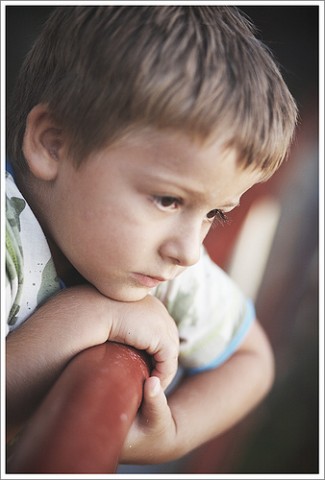 Treating anxiety requires far more than the digital strategies we can teach you. A number of traditional strategies work very well in conjunction with the methods described at Learning Works for Kids.
Treating anxiety requires far more than the digital strategies we can teach you. A number of traditional strategies work very well in conjunction with the methods described at Learning Works for Kids.
Common interventions for children with anxiety difficulties include behavioral, supportive, cognitive, medical, and life-skill approaches. These include:
Stress is a part of life when you’re a teenager. Whether it’s your parents, your social life, or school, you are going to have to deal with stress and anxiety. […]
Kids with slow processing speed often find studying, note taking, and completing homework to be long and arduous. While working slowly is not always problematic, it can be when it […]
Feeling anxious or stressed is part of normal development. So, What can teens do about stress? Teenagers who find themselves feeling worried about their friendships, concerned about how they look, […]
All membership plans come with full access to our entire suite of tools learning guides, and resources. Here are a few of the ones we think you’ll like the most: